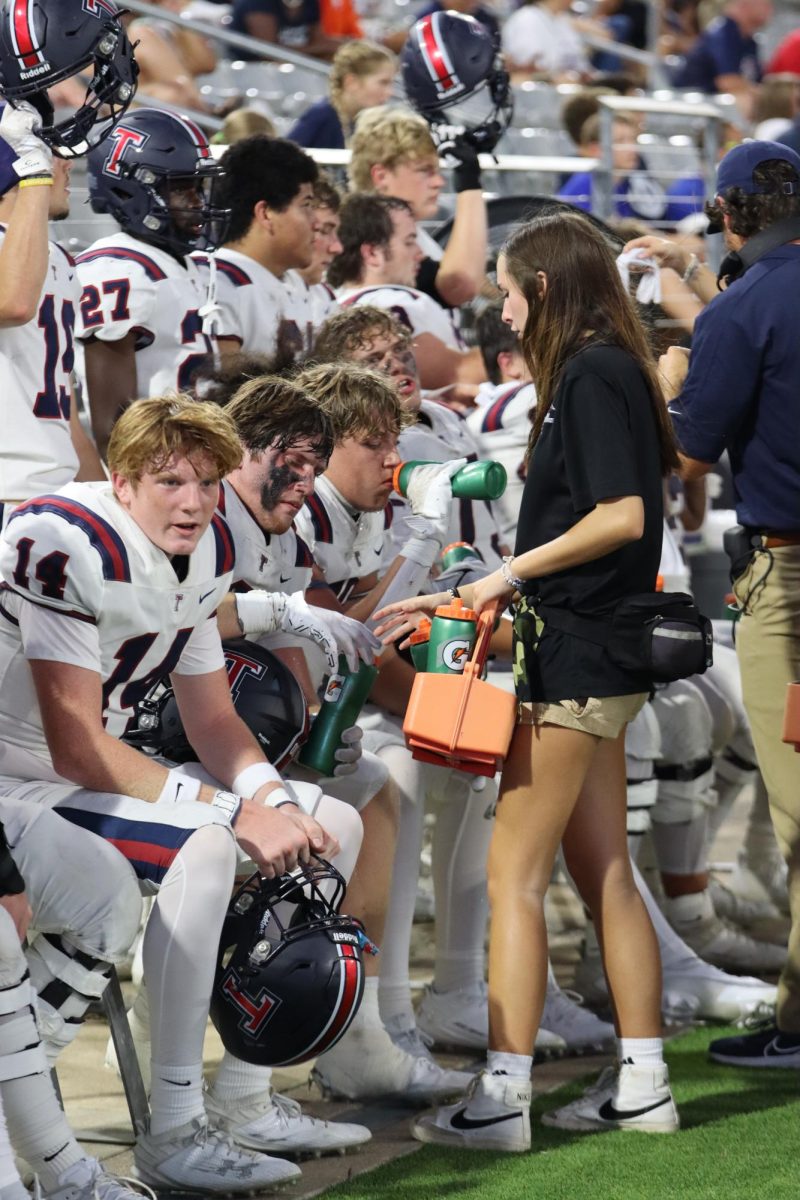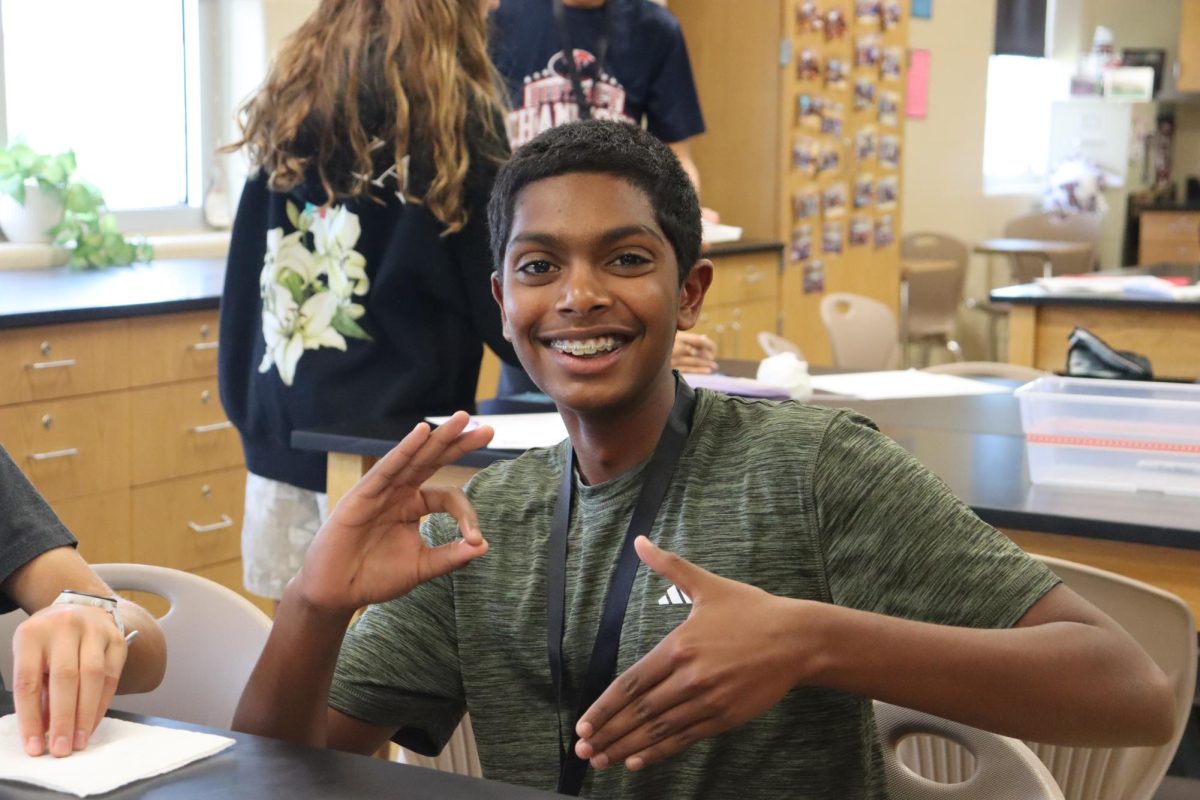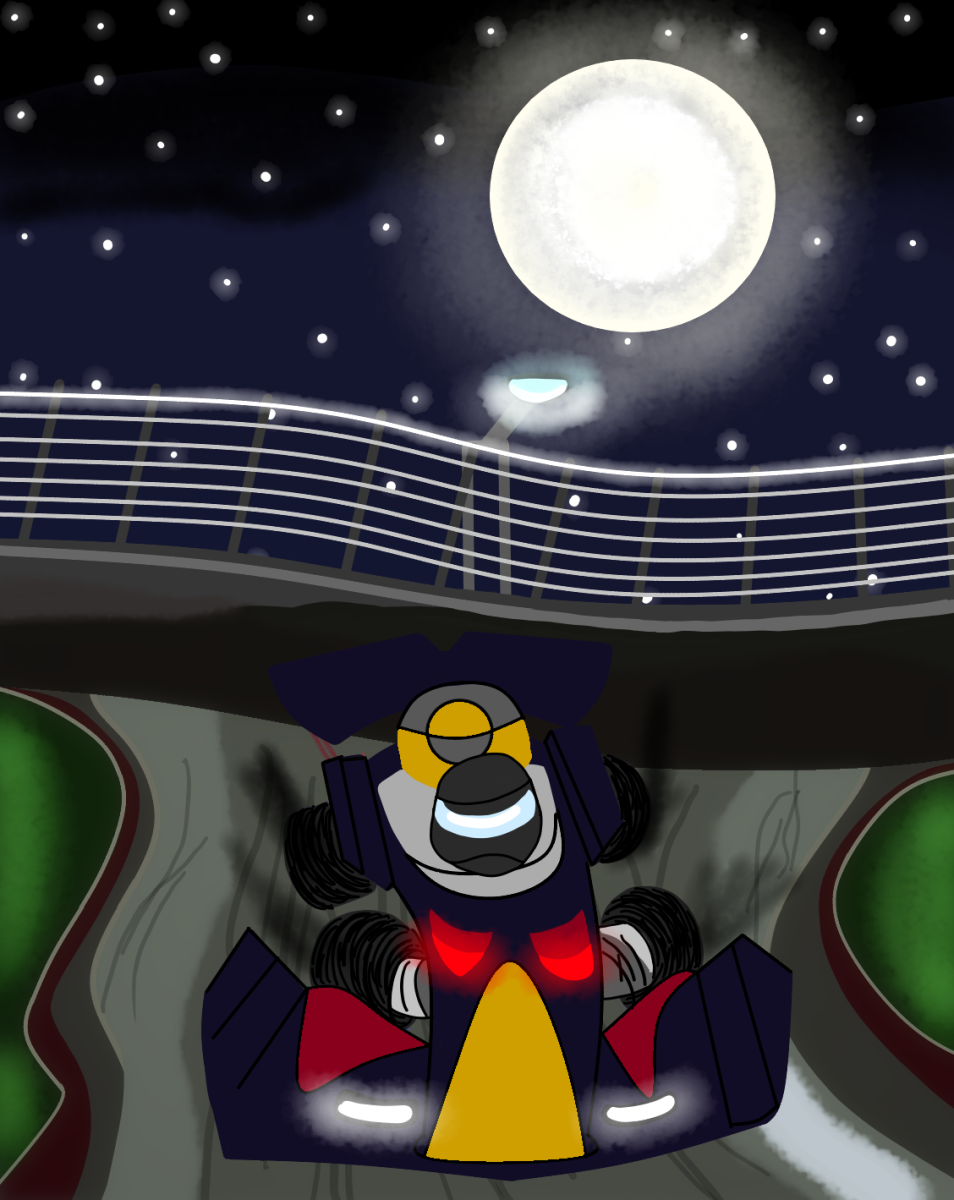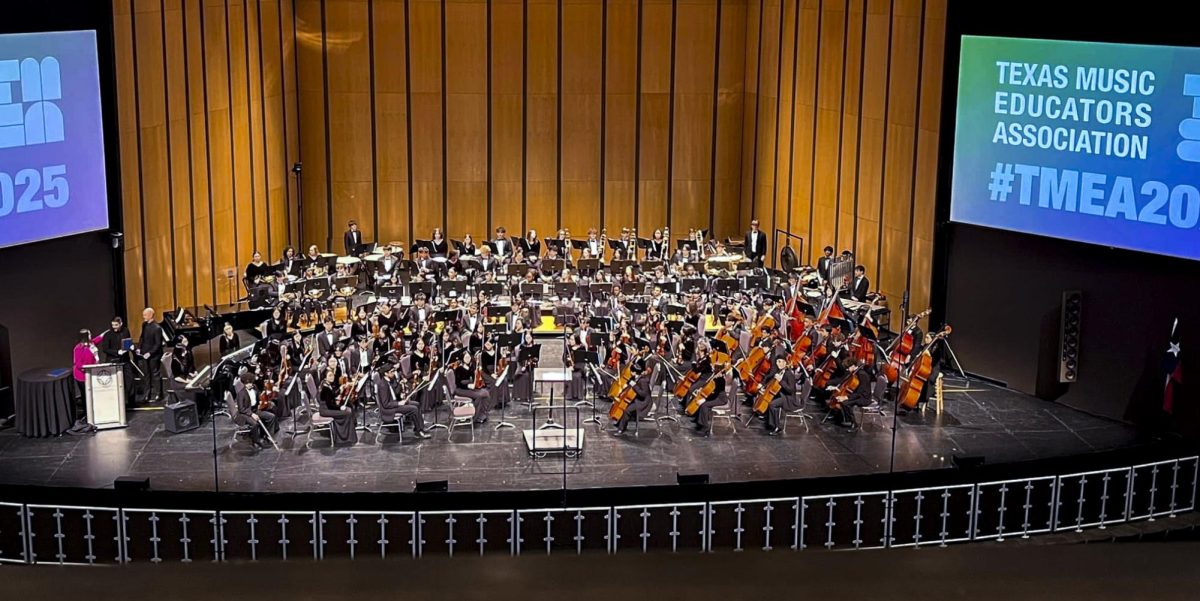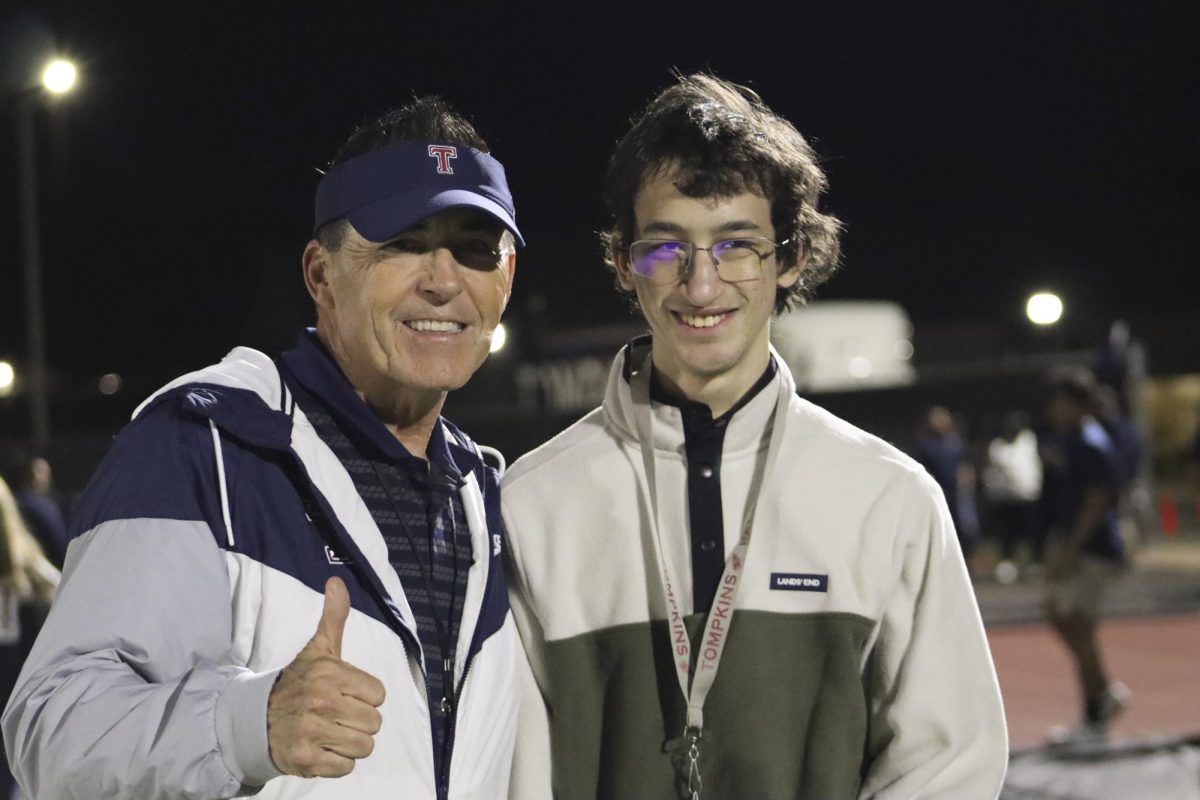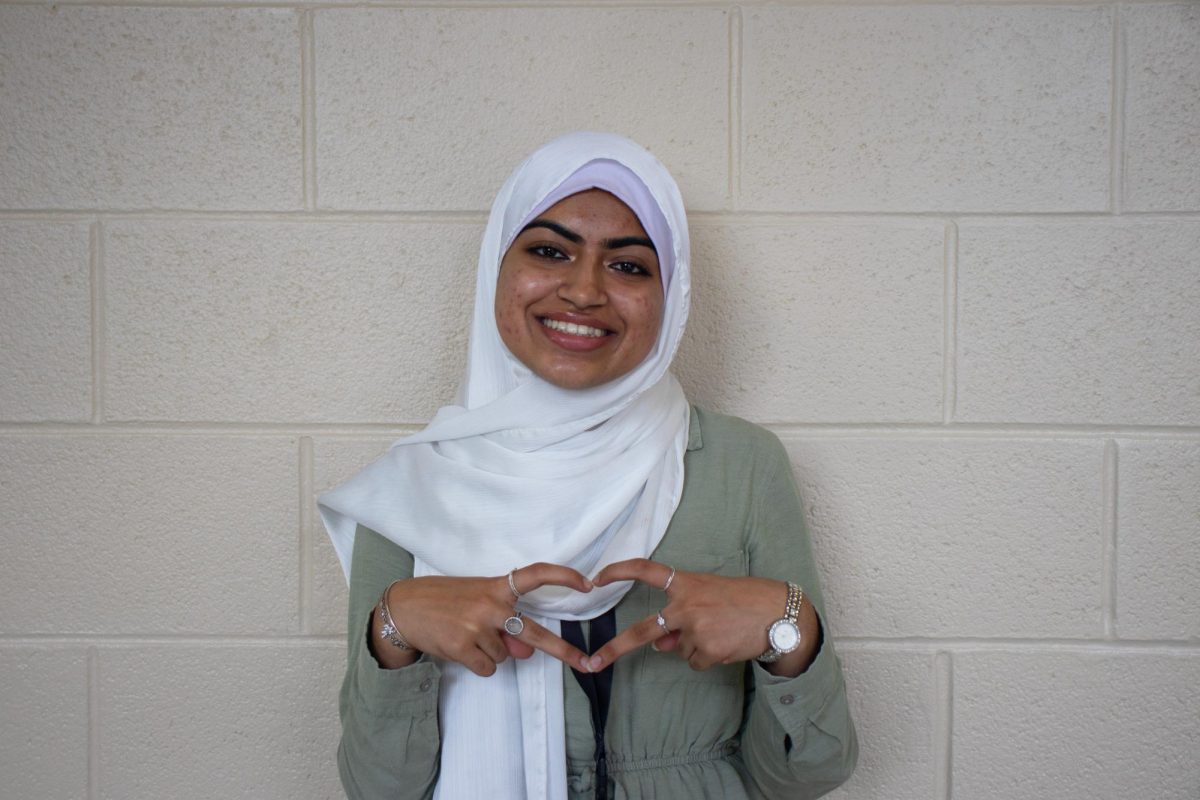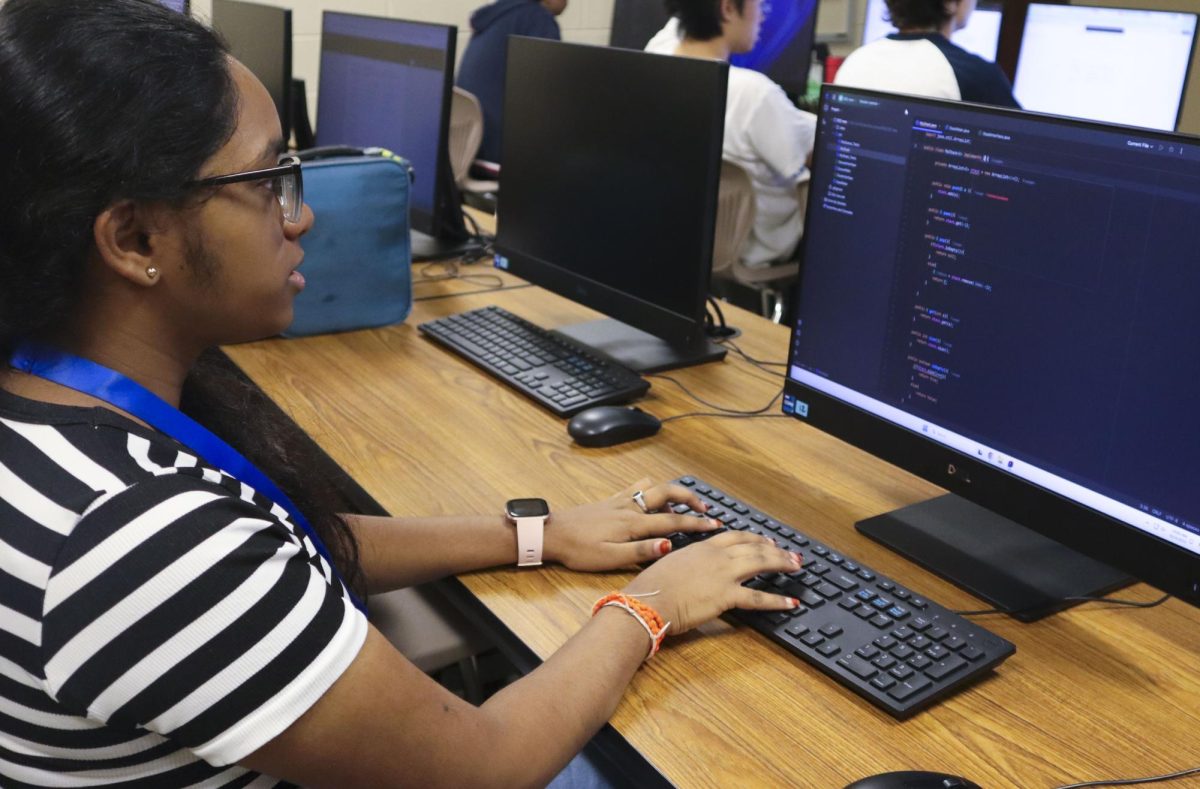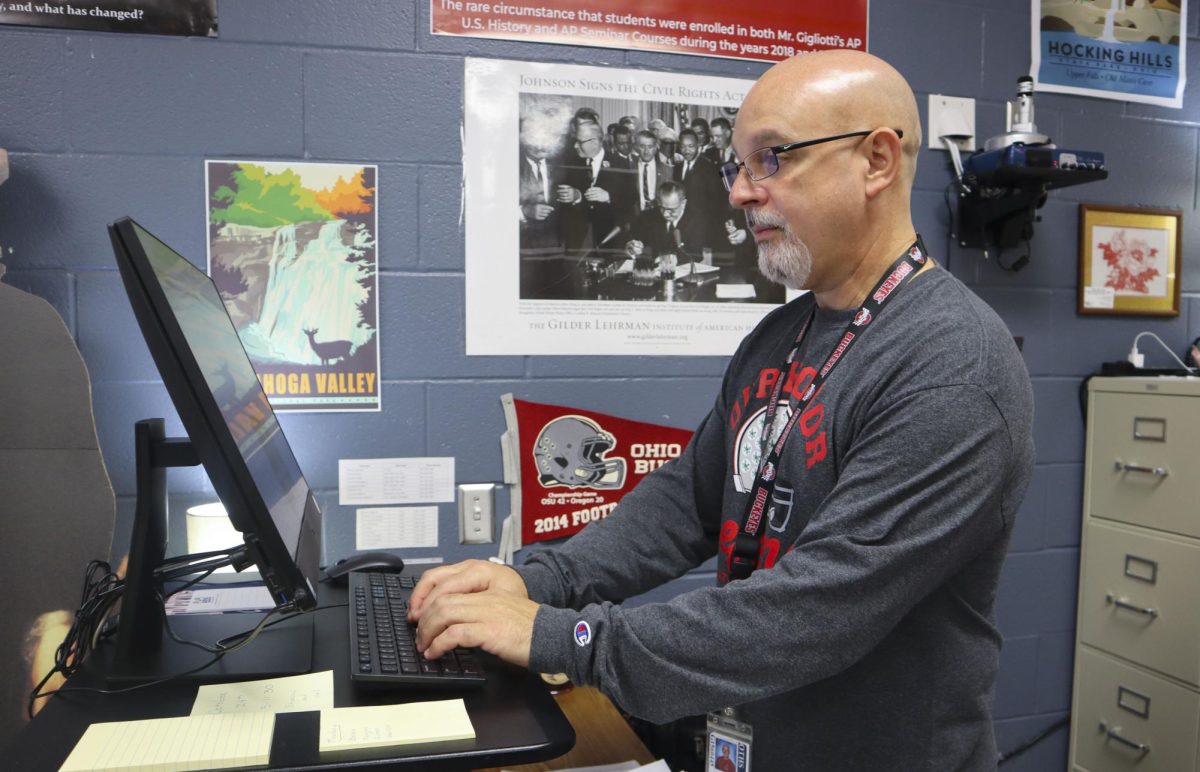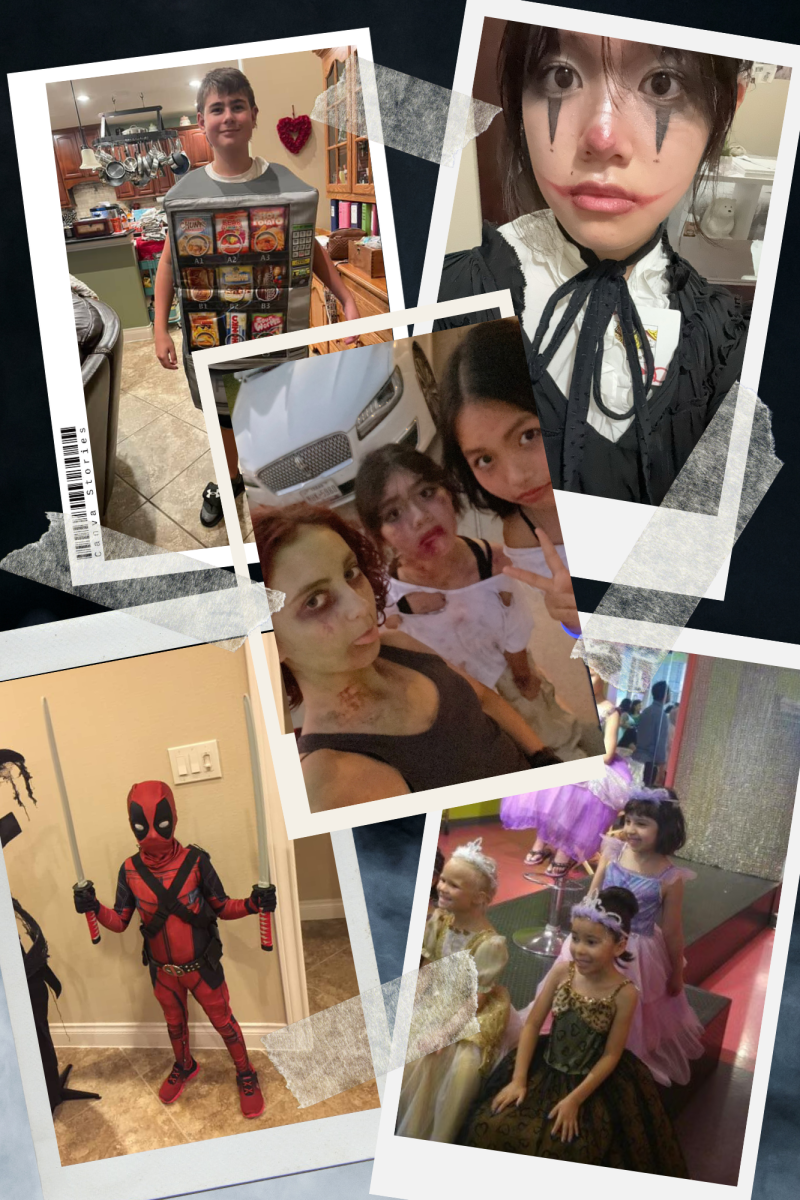The hot sun blazes down on the football field, causing the players to sweat buckets and drink copious amounts of water during breaks. Common health concerns, including heat exhaustion, heat cramps and heat stroke flood their minds, but they try to shrug off the thought in order to focus on the game. After all, they know that the athletic trainers, the school’s medical team, have them covered. The trainers must watch with keen eyes in order to make sure that their players remain in perfect condition, especially in a sport like football, where injuries are commonplace. Head trainer Dallas Allmon has confidence that the training team will help keep these athletes safe, knowing that their dedication to the medical field and taking care of others will do wonders. One of the newer trainers, freshman Lauren Patranella, has confidence in her skills as well, especially considering the fact that the program requires certifications in order to enter.
“You need both AED and CPR certifications in order to enter,” said Patranella. “If you want to apply for a position as an athletic trainer, you would have to go to one of the head athletic trainers, in this case it would be Dallas or Coach Mitchell, and you would ask them for an application to fill out. They accept a small number of people, so the position may be a bit competitive depending on who is willing to apply.”
Many jobs require a specialty in their field of work to function. For example, being a 911 operator requires someone to put their feelings aside and to stay on business at all times. Since they are dealing with crises’ left and right, one has to have a strong heart and have the capacity to be able to mentally handle what they are doing. To be a teacher, one needs to have a strong amount of patience and a tolerance for rambunctious children. And to be an athletic trainer, one needs to be a particular person as well, due to the fact that it is essentially a job, or at least a taste of what it is like to have a job.
“In order to be in the program, I would say you need to have a good attention span in order to be watching the athletes and to make sure everything is going well,” said Patranella. “You need to have a good sense of detail as well. If someone is sweating more than usual or looking like they are about to faint, then that is when you know that you need to step in.”
Being in the medical field is always a tough gig, considering the fact that in some cases, people’s lives are at stake. Because of this, doctors and nurses should be praised for their work and giving up their time and energy to save lives. They are always working hard, and always willing to be in stressful situations that a normal person would not be able to handle, all to do the heroic act of healing someone. Athletic trainers are no exception to this, and although the program does not require years of medical school and the knowledge on how to do something as severe as brain surgery, the program is a great way for the youth to experience what it is like being in the medical field. These kids are also giving up their time and energy in order to ensure the health of others, the same way a professional doctor would.
“I wanted to be an athletic trainer because I wanted to try something new in the medical field,” said Patranella. “I have always wanted to be involved with healthcare, and so to get that experience in the athletic program, where I get to experience a small taste of what it is like to be a nurse or a doctor, has been really cool. Although I have never had to deal with anything major, there have been instances where people on our team have had to deal with emergencies, including covering someone who was dehydrated with cold water. I think experiences like that are a great way to get insight into what it is like to be a professional in the medical field.”
The Student Athletic Trainer Program offers a chance for students to experience future careers, save their athletic comrades, have a chance to do something that matches their unique set of skills, and to get certified in areas that may prove more useful than one may think. With this training, students will not only be qualified to help others at school, but to also help others outside of school if an emergency were ever to arise. Although these students do not have the same knowledge as a medical school graduate, their passion for helping others and the basic, yet essential, skills that they do have are sure to make any high school athlete feel as if they are in good hands.

